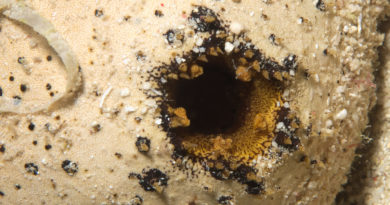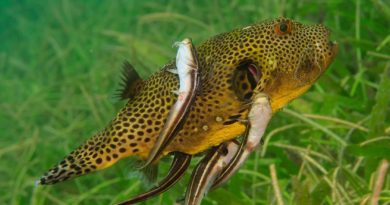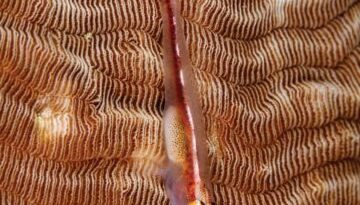Recent Bugeyeing
I recently took my Inon bug eye lens underwater to shoot some underwater video with it. This is an unusual lens, which allows close-up imaging, while showing the background in a fish-eye, wide-angle type of view.
I’m using the lens with my Olympus EM-1, in an Olympus housing, with the 14-42 mm kit lens, on the 42 mm end (which is equivalent to 84 mm in a full frame camera). I found that the lens adapter needs to be on very tight, with no play or jiggle, for this lens to work. I also found that the bug eye lens works better for film than for photography. The perimeter is almost always a bit blurry, which is less of an issue in moving images.
“Compact fisheye lens to shoot through eyes of small marine life, so-called “insect-eye lens” imaging. The lens is designed to use at approx. 80mm zoom position (35mm film equivalent) not as like standard wide conversion lens.(*4)”
Let’s see what I could do with the bugeye:
(and, please if you like these videos, like them on youTube, and subscribe to my channel!)
Dragon Nudibranch
This is a sea slug, a nudibranch gastropod of the genus Pteraeolidia (I think!). The animal was exploring its environment, and I placed the camera close to its path. I assume that these swaying motions of the nudibranch head are a (olfactory?) search strategy.
Chromodoris
Another nudibranch: in this case I sped the footage up 8x, to make the nudi seem crawl faster. Nice how it comes towards the camera and then changes direction. As so often, in nature videography you are really filming with the cooperation of your subject animals.
Cucumber
This is footage of a sea cucumber expelling a large amount of water. I had put the camera with the bug eye lens right in front of the cucumber’s anus, and when the water came out, a huge sand cloud covered the camera. The bugeye made the whole spectacle look even more spectacular.


